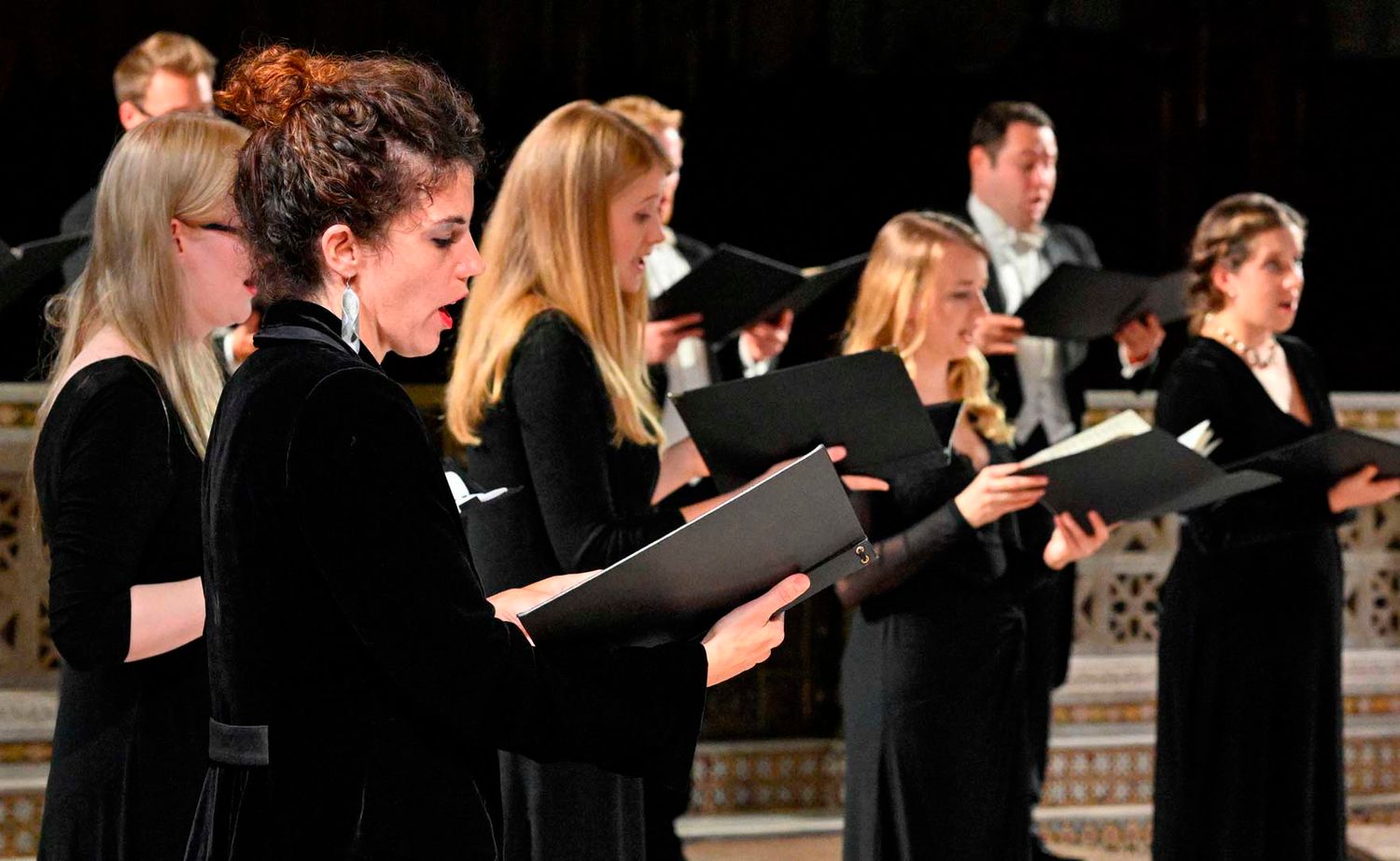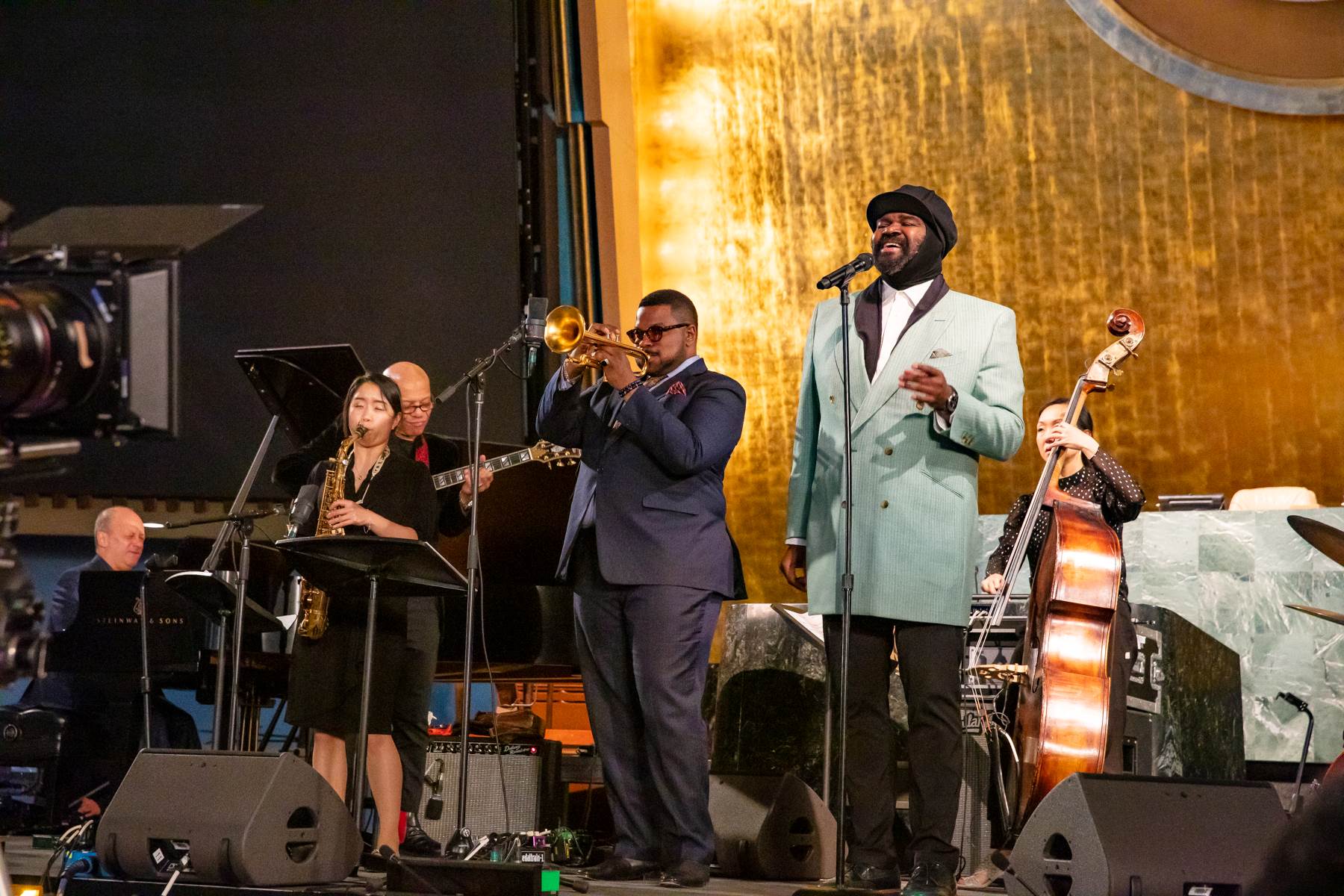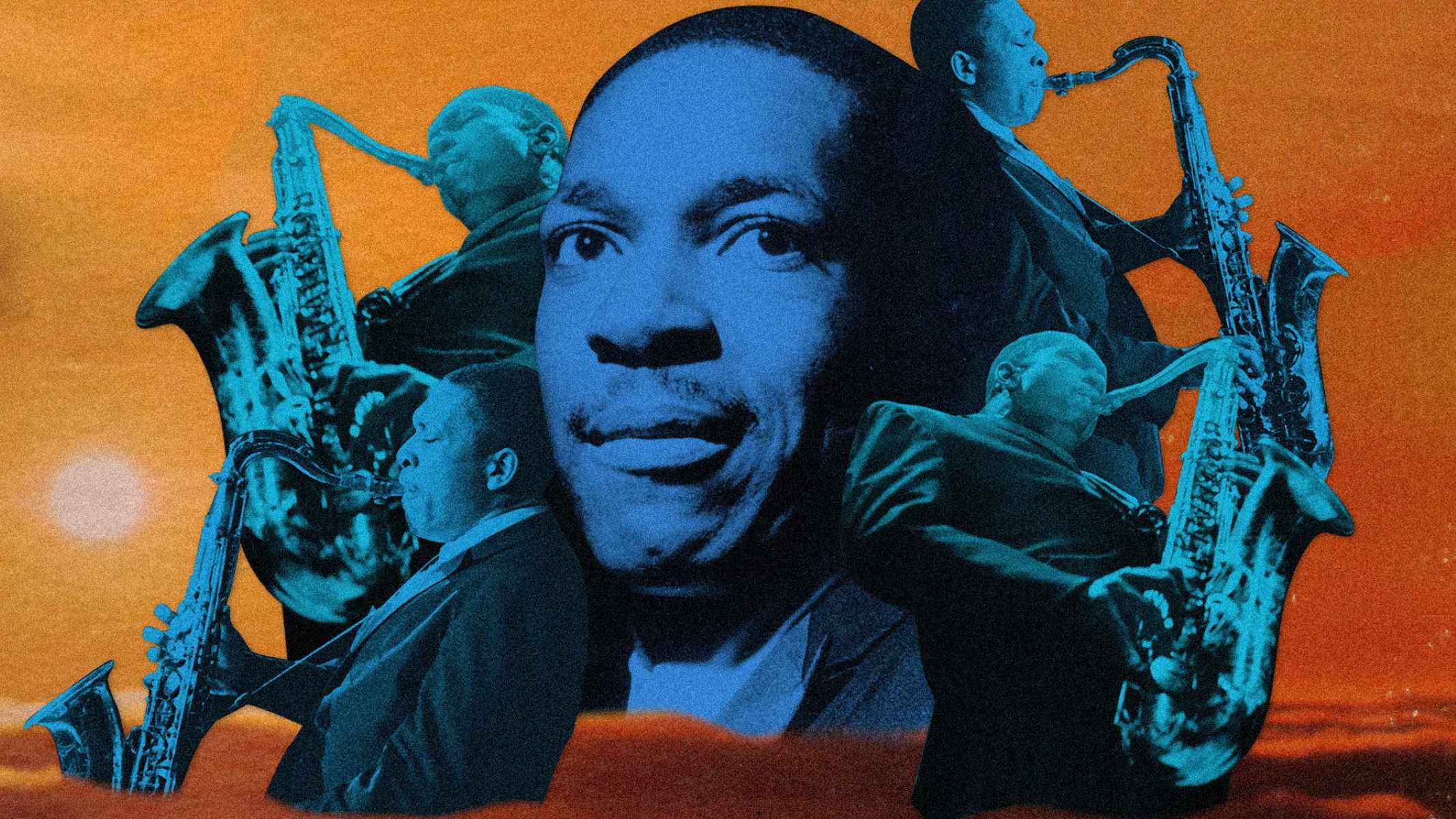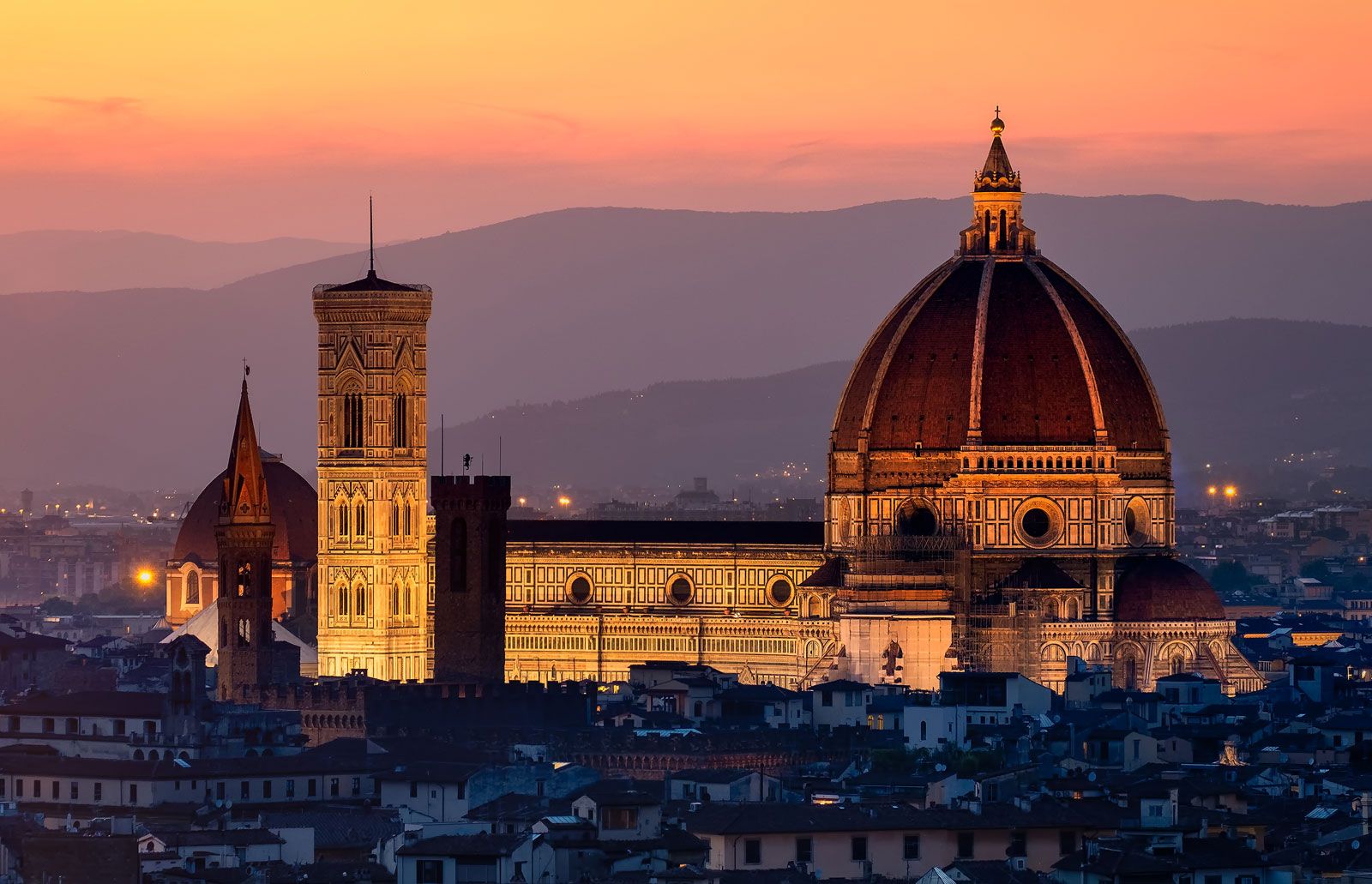Home>Events & Info>Ballet>Why Was The Sleeping Beauty Such An Important Work In Ballet History
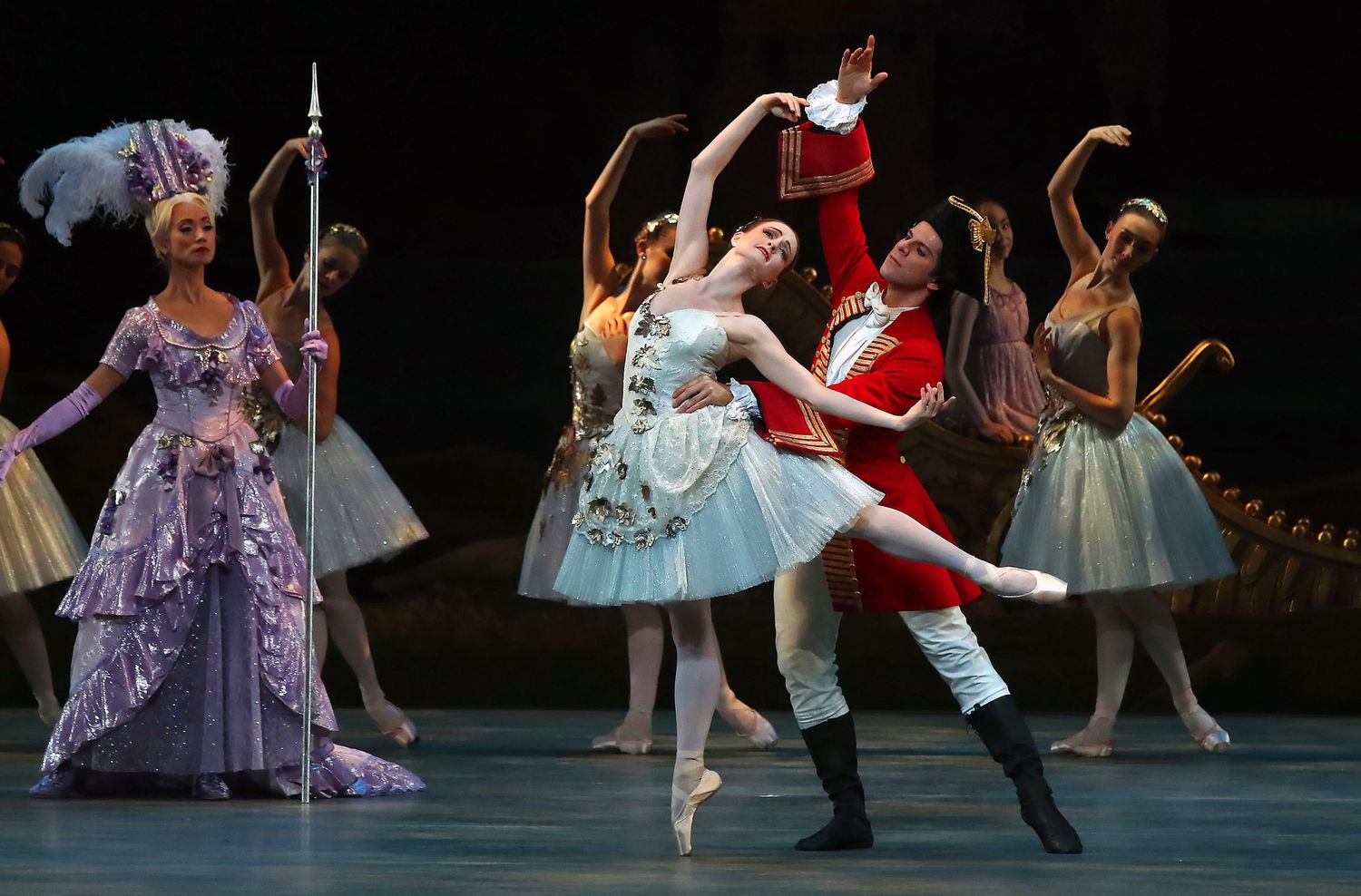

Ballet
Why Was The Sleeping Beauty Such An Important Work In Ballet History
Modified: January 22, 2024
Learn why "The Sleeping Beauty" holds such significance in ballet history, with its enchanting choreography and timeless storyline. Explore the impact of this iconic ballet on the art form.
(Many of the links in this article redirect to a specific reviewed product. Your purchase of these products through affiliate links helps to generate commission for AudioLover.com, at no extra cost. Learn more)
Table of Contents
Introduction
The world of ballet is filled with iconic works that have stood the test of time, captivating audiences for generations. One such work that holds a significant place in ballet history is “The Sleeping Beauty.” This enchanting ballet, with its mesmerizing music, graceful movements, and timeless story, has captured the hearts of ballet lovers worldwide for over a century.
The Sleeping Beauty, also known as “La Belle au bois dormant” in French, was first performed in 1890 and became an instant classic. This masterpiece is renowned for its intricate choreography, breathtaking costumes and sets, and the sublime score composed by Pyotr Ilyich Tchaikovsky.
In this article, we will delve into the origins of The Sleeping Beauty, explore the musical genius of Tchaikovsky, examine the intricate choreography, and analyze the lasting impact this ballet has had on the world of dance. We will discover why The Sleeping Beauty is such an important work in ballet history and how it continues to inspire and influence future generations of dancers and choreographers.
So, let us embark on a journey through time and delve into the magical world of The Sleeping Beauty, where fairies, spells, and true love come together to create an enduring masterpiece of the ballet repertoire.
The Origin of Sleeping Beauty
The story of Sleeping Beauty has its roots in ancient folklore and fairy tales. It can be traced back to various sources, including Charles Perrault’s 17th-century fairy tale “La Belle au bois dormant” (The Sleeping Beauty in the Wood) and the Brothers Grimm’s version of “Little Briar Rose.”
The tale revolves around a princess who falls into a deep sleep after pricking her finger on a spindle and is awakened by true love’s kiss. It is a story of enchantment, curses, and the power of love conquering all.
In the realm of ballet, the credit for bringing this timeless story to life goes to the renowned French choreographer Marius Petipa. Petipa, working closely with Ivan Vsevolozhsky, the director of the Imperial Theatres in Saint Petersburg, was responsible for creating the original ballet adaptation of Sleeping Beauty in 1890.
Petipa drew inspiration from Perrault’s fairy tale and crafted a ballet that showcased the grandeur and elegance of the Russian Imperial Ballet. Petipa’s choreography, combined with the enchanting music of Tchaikovsky, brought the story to life on the stage, captivating audiences with its beauty and grace.
Since its inception, Sleeping Beauty has undergone various revisions and interpretations by different choreographers, but the essence of the story remains intact. The ballet has become a symbol of classical ballet repertoire and a benchmark for technical excellence.
Tchaikovsky and The Sleeping Beauty
When it comes to The Sleeping Beauty, it is impossible not to mention the profound contribution of one of the greatest composers in ballet history, Pyotr Ilyich Tchaikovsky. Tchaikovsky’s musical genius brought the tale to life with a captivating score that perfectly complements the enchanting story.
In his collaboration with Marius Petipa, Tchaikovsky composed a lush and intricate musical score that is rich in melodies, harmonies, and orchestration. His music captures the essence of the fairy tale, evoking a sense of magic, romance, and wonder.
Tchaikovsky’s ability to create music that seamlessly integrates with the choreography is one of the reasons why The Sleeping Beauty is considered a masterpiece. The score is filled with memorable themes, from the gentle and delicate “Vision” theme to the powerful and energetic “Rose Adagio.” Each piece of music is meticulously crafted to convey the emotions and actions unfolding on stage.
One of the standout moments in Tchaikovsky’s score is the famous “Grand Pas de Deux,” performed during the climactic awakening of Princess Aurora. This breathtaking piece showcases Tchaikovsky’s gift for creating melodic beauty and his understanding of the balletic form.
Tchaikovsky’s music for The Sleeping Beauty revolutionized ballet composition. His innovative use of leitmotifs, recurring musical themes representing characters or ideas, added depth and coherence to the narrative. It laid the foundation for future composers to incorporate similar techniques in their ballet scores.
To this day, Tchaikovsky’s music for The Sleeping Beauty remains a cherished treasure in the ballet world. It continues to inspire musicians, dancers, and audiences alike, showcasing the power of music to elevate the storytelling of dance.
The Choreography of Sleeping Beauty
The choreography of The Sleeping Beauty is as intricate and enchanting as the story itself. As mentioned earlier, the original choreography was created by Marius Petipa, who was known for his meticulous attention to detail and innovative dance movements.
Petipa’s choreography for Sleeping Beauty is characterized by its grace, elegance, and technical demands. He introduced a new level of complexity and precision to classical ballet, pushing dancers to their limits and showcasing the artistry and athleticism of the performers.
One of the most iconic and challenging aspects of the ballet is the “Rose Adagio.” In this scene, the princess, Aurora, balances on one pointe shoe while being courted by four suitors. It is a display of strength, poise, and control, requiring exceptional technique and balance from the ballerina performing the role.
In addition to the technical brilliance, Petipa’s choreography also focuses on storytelling through movement. Each character is brought to life through specific gestures, steps, and body language, enhancing the narrative and conveying the emotions of the story.
The ballet’s ensemble dances, such as the various fairy variations and the lively character dances in the third act, showcase the precision and unity of the corps de ballet. These group performances require synchronized movements and intricate formations, adding to the visual spectacle of the ballet.
Over the years, different ballet companies and choreographers have put their own spin on the choreography of The Sleeping Beauty, adding their unique artistic interpretations. However, the fundamental structure and essence of Petipa’s choreography have remained intact, serving as a testament to its enduring brilliance.
The choreography of The Sleeping Beauty continues to challenge and inspire dancers around the world. It is a testament to the skill and creativity of the choreographers who have embraced this timeless ballet, preserving its magic and ensuring its place in the annals of ballet history.
The Impact of Sleeping Beauty on Ballet
The Sleeping Beauty has had a profound impact on the world of ballet, shaping the art form and influencing generations of dancers, choreographers, and audiences. Its significance extends beyond its initial success and continues to reverberate in the ballet community to this day.
One of the notable impacts of The Sleeping Beauty is its contribution to the development of classical ballet technique. The ballet’s demanding choreography, with its intricate footwork, challenging balances, and graceful movements, pushed dancers to achieve new levels of technical proficiency. It became a benchmark for excellence in classical ballet and set a standard for future productions.
The Sleeping Beauty also played a vital role in the preservation and revival of ballet as an art form. In the late 19th century, ballet was facing a decline in popularity, but the success and artistic achievement of The Sleeping Beauty helped rekindle interest and restore faith in the future of ballet.
Furthermore, The Sleeping Beauty’s impact extends beyond the realm of dance. It has inspired countless adaptations in popular culture, influencing literature, films, and even fashion. The concept of a princess being awakened by true love’s kiss has become ingrained in popular imagination, thanks in large part to the enduring legacy of The Sleeping Beauty ballet.
The Sleeping Beauty also paved the way for future narrative ballets. Its success demonstrated the power and appeal of storytelling through dance. It encouraged choreographers to explore new narratives and delve deeper into the emotional and dramatic possibilities of ballet.
Additionally, The Sleeping Beauty elevated the role of the ballerina to new heights. The role of Princess Aurora is revered as one of the most coveted and challenging roles in the ballet repertoire. It requires exceptional technical skill, artistry, and stamina, serving as a showcase for the prima ballerina’s talent and versatility.
Last but not least, The Sleeping Beauty has contributed to the popularization and accessibility of ballet. Its timeless story, captivating music, and stunning visuals have attracted audiences from all walks of life, introducing them to the beauty and magic of ballet.
Overall, The Sleeping Beauty’s impact on ballet cannot be overstated. Its artistic brilliance, technical demands, and enduring popularity have solidified its place as a cornerstone of the ballet repertoire and a symbol of the art form’s grace and enchantment.
Sleeping Beauty: A Turning Point in Ballet History
The Sleeping Beauty ballet represents a significant turning point in the history of ballet, marking a transition from the Romantic era to the classical tradition that would dominate the art form for decades to come. This iconic work revolutionized ballet in several ways, leaving an indelible mark on the evolution of dance.
Prior to The Sleeping Beauty, ballet had largely been characterized by its ethereal and fantastical themes, often focused on supernatural beings and mythical creatures. However, with this ballet, Marius Petipa introduced a more structured and narrative-driven approach to ballet, setting the stage for the development of more story-based productions.
Furthermore, The Sleeping Beauty showcased an unprecedented level of technical difficulty and intricacy in its choreography. Petipa pushed the boundaries of classical ballet technique, demanding greater virtuosity, precision, and artistry from the dancers. This elevated the skill set required of ballet performers and raised the bar for future productions.
In addition to its technical innovations, The Sleeping Beauty was a trailblazer in its collaboration between choreography, music, and design. The seamless integration of Pyotr Ilyich Tchaikovsky’s enchanting score with Petipa’s choreography and lavish costume and set designs created a fully immersive experience for audiences, transforming ballet into a multidisciplinary art form.
Moreover, The Sleeping Beauty marked a shift towards a more grandiose and opulent style of production. The ballet featured elaborate costumes, intricate sets, and a large ensemble of dancers, further solidifying ballet’s status as a spectacle for the masses.
Perhaps most notably, The Sleeping Beauty cemented the role and importance of the ballerina as the central figure in ballet. The role of Princess Aurora became a symbol of grace, elegance, and technical prowess, elevating the status of the female dancer and sparking the emergence of the ballerina as the prima donna.
Overall, The Sleeping Beauty served as a catalyst for change and innovation in ballet. Its enduring legacy and impact on the art form are evident in the continued popularity of the ballet and the lasting influence it has had on subsequent generations of dancers, choreographers, and ballet enthusiasts.
The Legacy of Sleeping Beauty
Sleeping Beauty has left an indelible mark on the world of ballet, establishing a legacy that continues to shine brightly. Its influence can be seen in various aspects of the art form, from choreography and music to storytelling and costume design.
One of the most significant aspects of Sleeping Beauty’s legacy is its enduring popularity. The ballet remains a staple in the repertoire of ballet companies worldwide, captivating audiences with its timeless story and mesmerizing choreography. Generations of ballet enthusiasts have been enchanted by the magic and beauty of Sleeping Beauty, ensuring its place as a beloved and frequently performed work.
Furthermore, Sleeping Beauty has been instrumental in the development and advancement of ballet technique. The challenging choreography, with its intricate footwork, demanding balances, and complex partnering, has pushed dancers to strive for technical excellence and artistic mastery. The ballet continues to serve as a training ground for aspiring dancers, honing their skills and nurturing their passion for the art form.
The influence of Sleeping Beauty extends beyond the stage, as its impact can be felt in other forms of artistic expression. The ballet has inspired numerous adaptations in film, literature, and visual arts, keeping its enchanting narrative alive and captivating new audiences across different mediums.
Moreover, Sleeping Beauty’s music, composed by Pyotr Ilyich Tchaikovsky, has become iconic in its own right. The melodic richness, emotional depth, and harmonious orchestrations have made the score a beloved piece of classical music. Tchaikovsky’s music for Sleeping Beauty continues to be performed in concert halls and cherished by music enthusiasts, further solidifying the ballet’s enduring legacy.
The legacy of Sleeping Beauty can also be seen in the evolution of costume and set design in ballet. The intricate and lavish costumes, designed to portray the enchanted and royal characters, have inspired costume artists and designers to create visually stunning pieces. The magnificent sets, depicting enchanted forests, grand palaces, and magical realms, have set the standard for creating immersive and visually captivating ballet productions.
Overall, the legacy of Sleeping Beauty is multifaceted and far-reaching. It has left an indelible mark on ballet, shaping the art form in terms of technique, storytelling, music, and visual aesthetics. Its enduring popularity and continued presence on stages worldwide are a testament to its timeless appeal and the lasting impact it has had on the world of dance.
Conclusion
The Sleeping Beauty stands as a testament to the power and beauty of ballet. With its captivating story, stunning choreography, and mesmerizing music, it has carved a place for itself in ballet history and the hearts of audiences worldwide.
This timeless masterpiece has proven to be a turning point in ballet, pushing the boundaries of technique, storytelling, and artistic collaboration. It has influenced the development of classical ballet, paving the way for future narrative-driven productions. The legacy of Sleeping Beauty can be felt in the continued evolution of ballet technique, where dancers aspire to reach the high standards set by the demanding choreography.
The collaboration between choreographer Marius Petipa and composer Pyotr Ilyich Tchaikovsky has set a benchmark for the seamless integration of music and movement, inspiring generations of ballet creators to explore the potential of this multidisciplinary art form.
The enduring popularity of Sleeping Beauty is a testament to its magic and universal appeal. Its legacy can be seen in the countless adaptations and interpretations in various art forms, ensuring that the story of Princess Aurora and her journey of awakening continues to captivate audiences for years to come.
As we reflect on the impact and legacy of Sleeping Beauty, we recognize its significant contribution to ballet history. From its intricate choreography to its iconic music and timeless story, Sleeping Beauty has enchanted generations and left an indelible mark on the world of dance.
So let the timeless tale continue to unfold on stages around the world, reminding us of the power of dance to transcend time, captivate our hearts, and transport us to a world filled with beauty, magic, and the everlasting appeal of The Sleeping Beauty.


